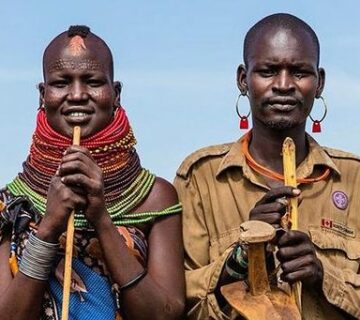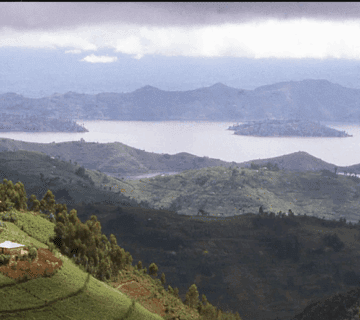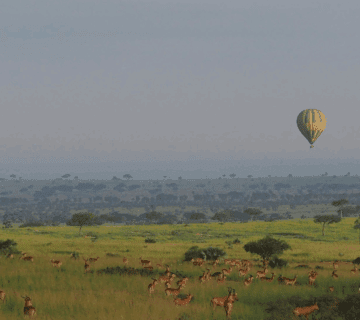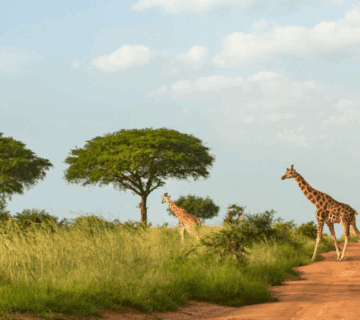What Is Uganda’s Most Famous Traditional Dance?
Uganda, a country known for its rich cultural heritage, diverse ethnic groups, and breathtaking landscapes, is also home to a vibrant array of traditional dances. Among these, one dance stands out not only in its beauty but also in its cultural significance the Bakisimba dance. As the most famous traditional dance in Uganda, the Bakisimba offers a mesmerizing glimpse into the country’s history, traditions, and deep-rooted connection to the arts.
An Overview of Uganda’s Traditional Dances
Before diving into the details of Bakisimba, it’s important to understand that Uganda’s traditional dances reflect the country’s complex and diverse cultural mosaic. With over 50 ethnic groups, each with its own customs, language, and rituals, the variety of dances is as unique as the people themselves. From the rhythmic movements of the Baganda to the graceful choreography of the Basoga, dance plays a central role in Ugandan life, serving as a form of expression, celebration, and storytelling.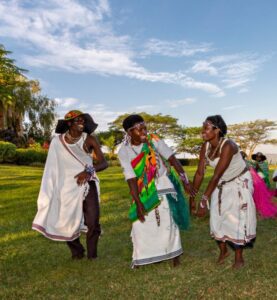
Traditional dances in Uganda have long been a part of both daily life and significant events, from weddings and funerals to ceremonies marking the harvest or welcoming guests. They are not just performances; they are rituals that connect individuals with their ancestors, their communities, and the land.
Among all these, the Bakisimba dance remains the most famous and is widely regarded as the embodiment of Ugandan culture.
The Bakisimba Dance: A Window into Uganda’s Heritage
The Bakisimba dance originates from the Baganda people, Uganda’s largest ethnic group, who are primarily based in the central region around Lake Victoria. This dance is deeply woven into the cultural fabric of the Baganda, representing the joy and vibrancy of their traditional life. It is often performed during ceremonies, celebrations, and significant social events, such as weddings, royal functions, or national holidays.
At its core, Bakisimba is a celebration of life, health, and prosperity. Its lively, energetic movements symbolize happiness and the unity of the community. The performers often wear brightly colored costumes, with men typically donning bark cloth and women wearing bright skirts adorned with beads. The colorful attire and rhythmic drumming create a dynamic spectacle, making the dance a thrilling experience for both performers and audiences.
Key Elements of the Bakisimba Dance
The Bakisimba dance is characterized by its fast-paced and intricate footwork, graceful body movements, and synchronized choreography. The steps are not only visually captivating but also carry symbolic meaning, often representing everyday tasks, the movement of animals, or the beauty of nature. For example, certain steps mimic the motion of birds in flight, while others imitate the flow of water in a river. This dance is more than just physical movement; it is a visual expression of the Baganda people’s connection to nature and the world around them.
The rhythm of the dance is driven by traditional Ugandan drums, which are essential to the Bakisimba performance. These drums are made from hollowed-out logs, with different sizes creating different sounds. The beating of the drums, along with the clapping of hands and singing, creates an exhilarating atmosphere that draws everyone into the experience. The dance can be performed solo, in small groups, or by large ensembles, with each performer’s movements contributing to the overall energy of the performance.
The Cultural Significance of the Bakisimba Dance
While the Bakisimba dance is visually stunning, its significance goes far beyond aesthetics. It is a powerful medium for storytelling and cultural transmission. Through the dance, the Baganda people pass down their traditions, values, and beliefs to younger generations. The rhythms and movements tell the stories of their ancestors, honoring them in a way that connects the present to the past.
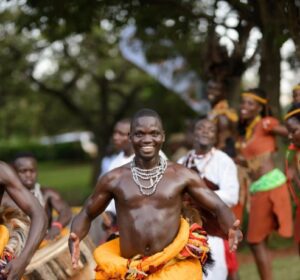
The dance also plays a crucial role in fostering unity and cohesion within the community. It is a social activity that brings people together, helping to strengthen bonds and create a sense of belonging. In this way, Bakisimba is not just an individual performance but a collective experience that reinforces the importance of community in Ugandan culture.
Moreover, the Bakisimba dance is closely tied to important life events. During weddings, for example, it is performed to celebrate the union of two families. Similarly, at royal functions, the dance is used to honor and celebrate the leadership of kings and queens. Its presence at such events signifies the values of respect, tradition, and continuity that the Baganda people hold dear.
Bakisimba Dance in Modern Uganda
In today’s Uganda, the Bakisimba dance remains as relevant as ever. It continues to be performed at cultural festivals, national events, and even international performances. The dance serves as a reminder of Uganda’s rich cultural heritage and provides a platform for preserving and promoting traditional art forms.
The modern popularity of the dance can be attributed to the efforts of cultural organizations, local communities, and even the Ugandan government, which recognizes the importance of preserving cultural heritage. Through these efforts, Bakisimba has found its place not only in traditional settings but also on global stages, helping to share Uganda’s rich traditions with the world.
In addition, the dance has also influenced contemporary Ugandan music and dance styles. Its fast beats and lively movements have inspired many popular artists and performers, who have incorporated elements of Bakisimba into their music videos and live performances. In this way, Bakisimba remains a living, evolving tradition that continues to shape Uganda’s cultural landscape.
The Global Appeal of Uganda’s Traditional Dance
While Bakisimba may be the most famous of Uganda’s traditional dances, it is by no means the only one. Other dances such as the Acholi dance, the Lugisu dance, and the Bamasaba dance are also an integral part of Uganda’s cultural diversity. These dances are also gaining recognition internationally, contributing to a growing interest in African traditional dances and music.
As Uganda continues to gain recognition as a travel destination, cultural tourism is becoming an important aspect of the country’s economy. Visitors from all over the world are increasingly drawn to Uganda’s rich history and cultural traditions, and the opportunity to witness the Bakisimba dance firsthand has become a major attraction. Tourists can experience the dance in its natural setting during cultural festivals, local performances, or even private events, offering a unique insight into Ugandan life and culture.
Conclusion: The Enduring Legacy of Bakisimba
The Bakisimba dance is much more than just a performance it is a reflection of Uganda’s soul. Through its energetic movements, rhythmic beats, and colorful costumes, the dance embodies the spirit of the Baganda people and their deep connection to their traditions and land.
Whether performed at a wedding, a national celebration, or as part of a cultural festival, the Bakisimba dance continues to captivate audiences, both local and international, with its timeless beauty and significance. It is a living testament to the strength of Uganda’s cultural heritage, reminding us of the importance of preserving and celebrating our traditions in a rapidly changing world.
In embracing this iconic dance, we not only honor the Baganda people but also pay tribute to the rich diversity and cultural richness that Uganda has to offer.


